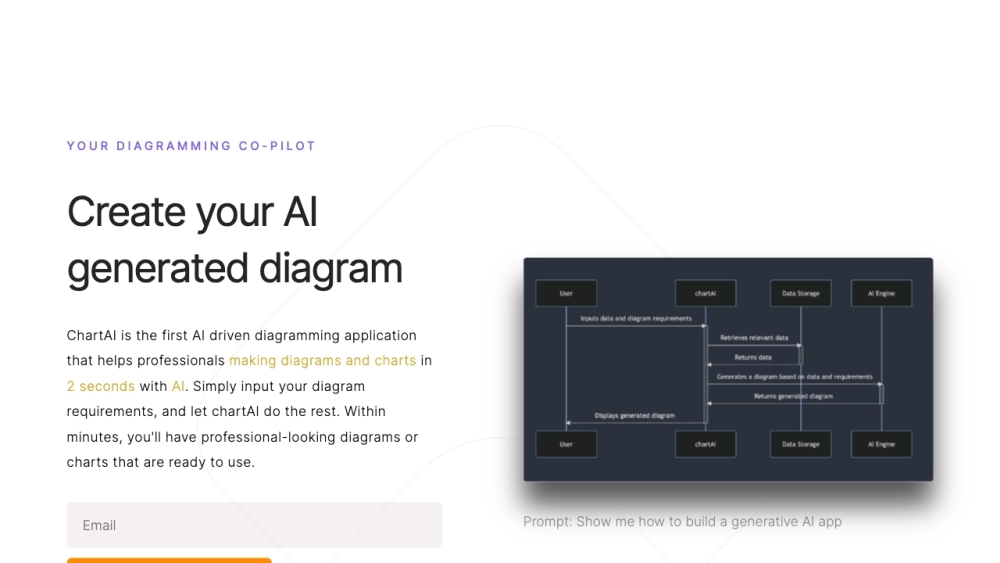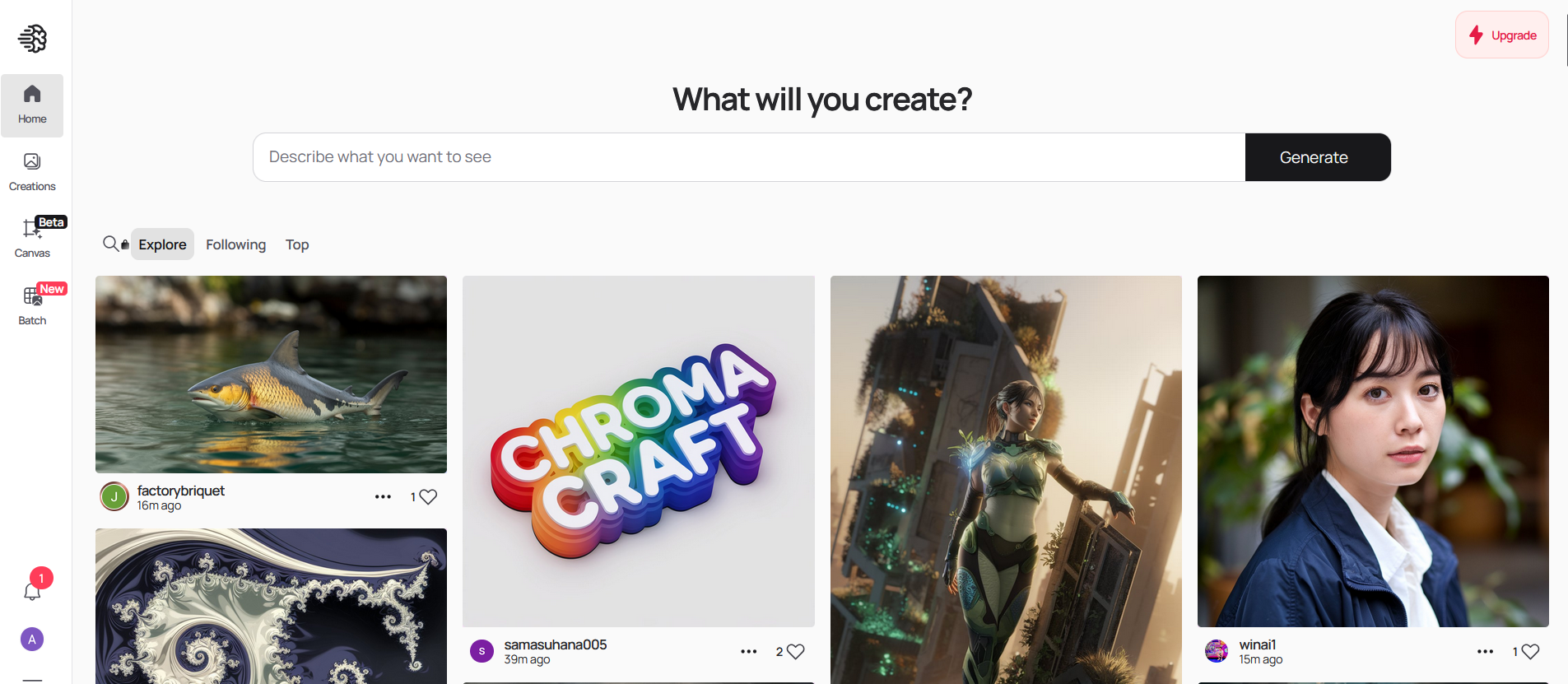LMSYS Organization has launched its "Multimodal Arena," a groundbreaking leaderboard that evaluates AI models based on their performance in vision-related tasks. Within just two weeks, the arena has gathered over 17,000 user preference votes across more than 60 languages, showcasing the current capabilities of AI in visual processing.
OpenAI's GPT-4o model claims the top spot on the Multimodal Arena leaderboard, followed closely by Anthropic's Claude 3.5 Sonnet and Google's Gemini 1.5 Pro. This ranking highlights the fierce competition among leading tech companies in the rapidly changing landscape of multimodal AI.
Interestingly, the open-source model LLaVA-v1.6-34B has demonstrated performance on par with some proprietary models, such as Claude 3 Haiku. This suggests a potential democratization of advanced AI capabilities, offering researchers and smaller firms greater access to cutting-edge technology.
The leaderboard covers a wide array of tasks, including image captioning, mathematical problem-solving, document understanding, and meme interpretation. This diversity aims to provide a comprehensive view of each model’s visual processing abilities, addressing the complex demands of real-world applications.
However, while the Multimodal Arena provides valuable insights, it primarily measures user preference rather than objective accuracy. A more sobering perspective is offered by the recently introduced CharXiv benchmark, developed by Princeton University researchers, which assesses AI performance in interpreting charts from scientific papers.
CharXiv results expose significant limitations in current AI systems. The top-performing model, GPT-4o, only achieved 47.1% accuracy, with the best open-source model reaching 29.2%. In contrast, human accuracy is at 80.5%, highlighting the considerable gap in AI's ability to interpret complex visual data.
This disparity underscores a major challenge in AI development: despite notable advances in tasks like object recognition and basic image captioning, AI still struggles with nuanced reasoning and contextual understanding that humans naturally apply to visual information.
The unveiling of the Multimodal Arena and insights from benchmarks like CharXiv occur at a crucial juncture for the AI industry. As companies strive to integrate multimodal AI into products such as virtual assistants and autonomous vehicles, comprehending the true limitations of these systems is increasingly vital.
These benchmarks act as a reality check, countering the exaggerated claims often made about AI capabilities. They also provide a strategic direction for researchers, pinpointing the areas that require improvement to reach human-level visual understanding.
The gap between AI and human performance in complex visual tasks offers both challenges and opportunities. It indicates that advancements in AI architecture or training methods may be essential for achieving robust visual intelligence while paving the way for innovation in computer vision, natural language processing, and cognitive science.
As the AI community reflects on these findings, expect a renewed emphasis on developing models that can not only perceive but also genuinely comprehend the visual world. The race is on to create AI systems that may someday match or even exceed human-level understanding in complex visual reasoning tasks.




